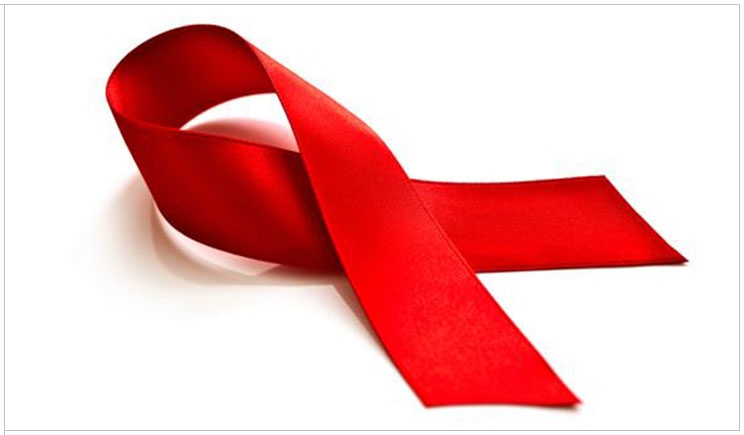
More than 1.2 million people in the United States are living with an HIV infection, with about 50,000 new infections each year, according to the Department of Health and Human Services. Yet some of these patients face unnecessary obstacles in finding dental treatment.
“There remains irrational fear,” said Helene Bednarsh, RDH, MPH, director of the HIV Dental Ombudsperson Program with the Boston Public Health Commission. “Some of it depends on what you learned in dental school or a continuing education course or the opinion of an instructor.”
Only 58 cases of occupational transmissions have been confirmed in the United States, with only one since 1999, reports the Centers for Disease Control and Prevention (CDC). None of these cases involved dental workers, either. Also, the CDC says, workers exposed to a needle stick involving HIV-infected blood have just a 0.23% risk of becoming infected themselves.
Like the rest of the medical profession, dentistry’s standards of care have evolved for these patients for decades now. The first dental infection control guidelines were released in 1983, essentially telling practitioners to wear a mask and gloves, while being careful in handling instruments. More comprehensive guidelines followed in 1986, 1993, and 2003.
“Dentistry had a very bad habit of being one of the only parts of healthcare that put our hands into an open cavity. And so we should have always been wearing gloves, not just when we knew somebody had hepatitis, for example,” Bednarsh said. “If you don’t do the same for every patient, you always put yourself and staff at risk.”
So, dentists with patients with HIV simply need to practice standard precautions, Bednarsh said. No additional procedures or practices are required for protection. Dentists should wear protective gear such as gloves and goggles at all times, just as they would with any other patient, be careful with sharp equipment, and sterilize all tools as necessary. Other precautions such as transmission-based precautions should be followed if, for instance, there was a risk of another type of exposure.
“The definition of sterilization is the absence of all living micro-organisms,” Bednarsh said. “Can something be more sterile than sterile? No. It won’t be. And to think that you have to sterilize your instruments 2, 3 times because the patient has HIV is a falsehood.”
Bednarsh also noted that there are no dangers in using a Cavitron with these patients. Cavitrons produce aerosols, which means transmission is airborne, while HIV is a blood-borne virus that’s not particularly hardy and is not transmitted by an aerosol.
“You’ve got to have infected blood introduced into blood in enough dosage to get infected. That’s not going to happen in a Cavitron spray,” Bednarsh said. “And to withhold a standard of care from somebody based on their HIV status is not only unethical and poor practice, it’s also illegal under the Americans with Disabilities Act.”
Additionally, certain oral manifestations once were believed only to occur in patients with HIV, but that is not the case. Patients with HIV present oral manifestations that are similar to those found in patients without HIV. Periodontitis, peri-implantitis, and other infections don’t present any extra risk to HIV-positive patients, either. Also, the presence or absence of HIV does not play any role in wound healing, which is affected by other factors besides HIV.
“We used to see more specific types of periodontal involvement or inflammation in HIV-positive patients, such as a red banding,” she said. “But we see a lot less of that now. And we see run of the mill periodontal disease. There are better drugs out now than there were.”
Dentists should remain concerned, though. HIV patients often are on medications that may affect care, and dentists need to know about them—just as they would need to know about any patient’s chronic condition, like diabetes or high blood pressure. HIV status should be disclosed during the intake of the patient’s medical history.
“It would be the same thing,” Bednarsh said. “‘What meds are you on? How long have you been on them? Have they been working? Do you have any side effects? Do you have any oral side effects like dry mouth or decreased salivary flow? Can I talk to your physician?’ We have to look at a chronic disease model.”
In fact, Bednarsh advocates a systemic approach that makes dental care part of an overall approach to healthcare. One model already integrates medical care and dental care for the HIV population, and she believes it could be expanded to other serious diseases. Education is key for doctors and patients alike, she says, and resources are available.
For example, there are 11 regional and 4 national AIDS education training centers funded by the federal Health Resources Service Administration. These facilities provide education and clinical training opportunities for healthcare providers in counseling, diagnosis, treatment, and care management of patients with HIV and AIDS.
Furthermore, the Organization for Safety, Asepsis, and Prevention advocates for safe and infection-free delivery or oral health, with strategies and education for compliance with safe practices. And online, professionals can check out hivdent.org for information about HIV oral healthcare, advocacy, training, and evaluation of services for the HIV population.
“There’s still a lot of stigma and discrimination out there. A lot of fear of disclosure. A lot of myths to dispel,” Bednarsh said. “But we have a much more educated profession, and I think that most of the profession now views HIV as a chronic disease.”
Related Articles
GNYDM Poster Session Explores Dentistry’s Future
Federal Budget Boosts Dental Care











